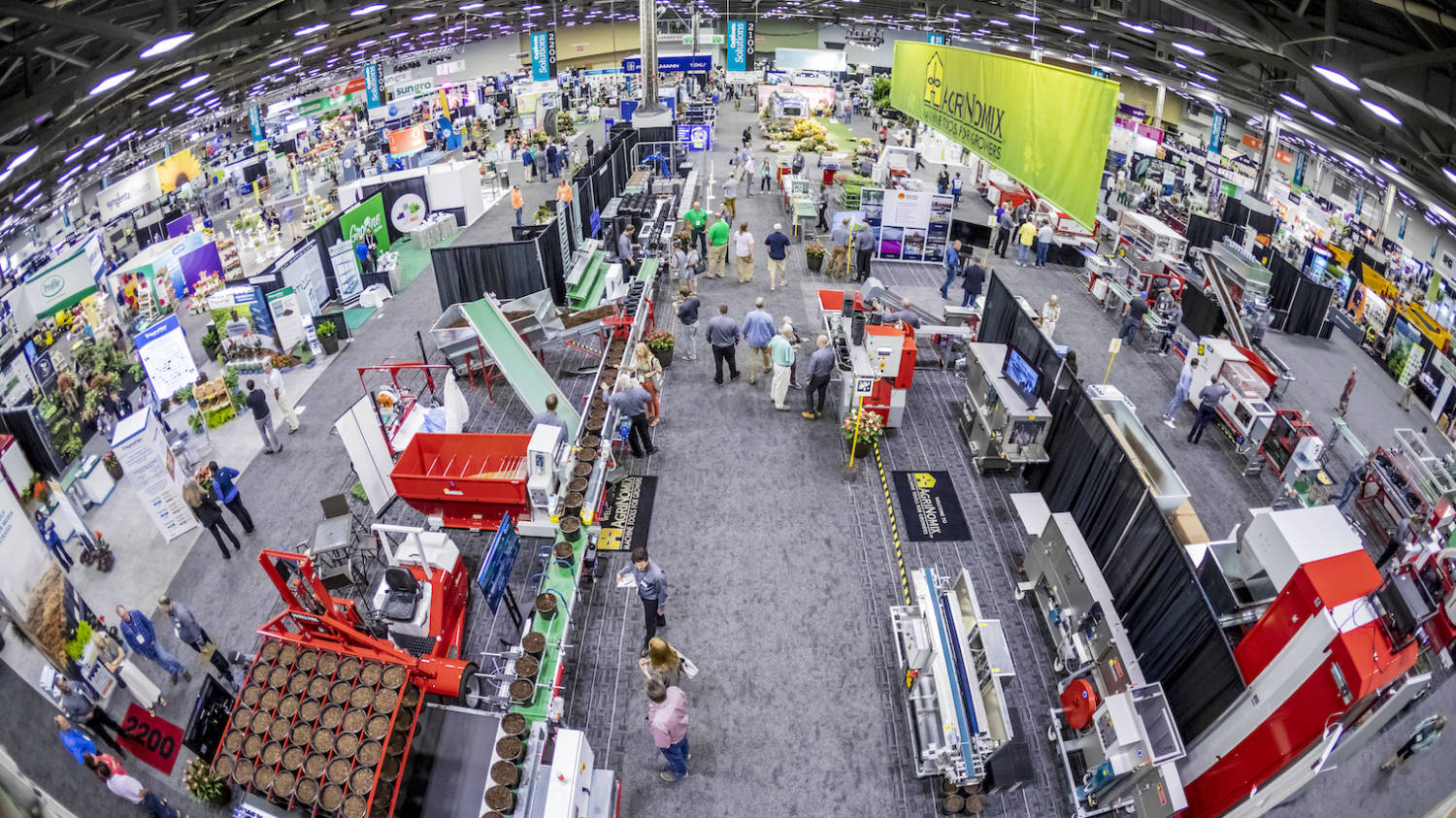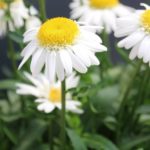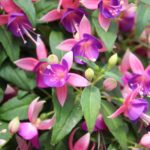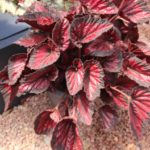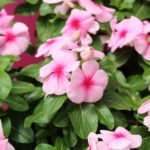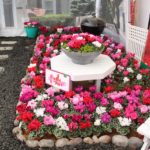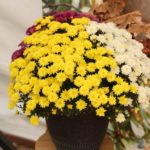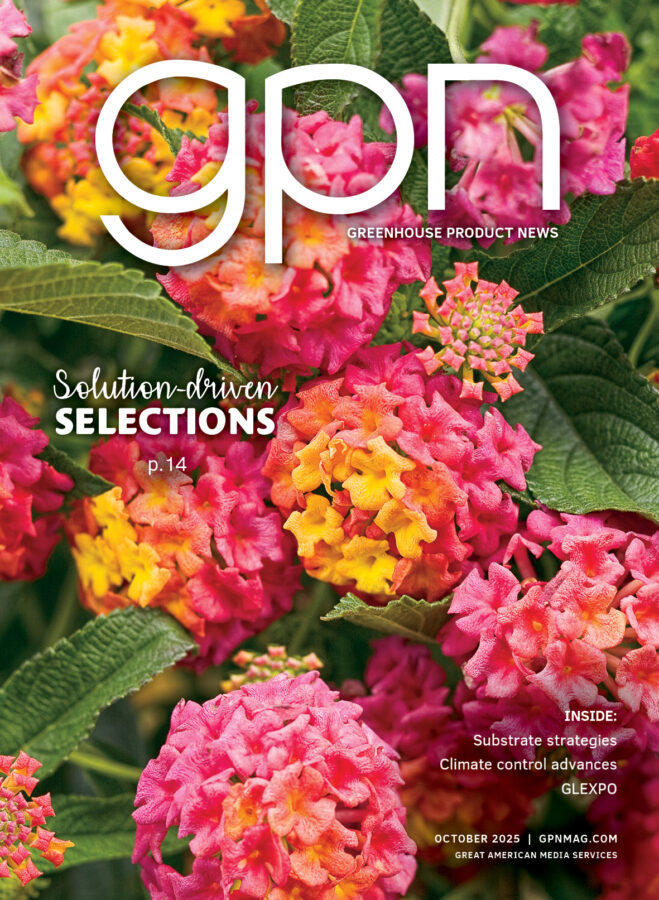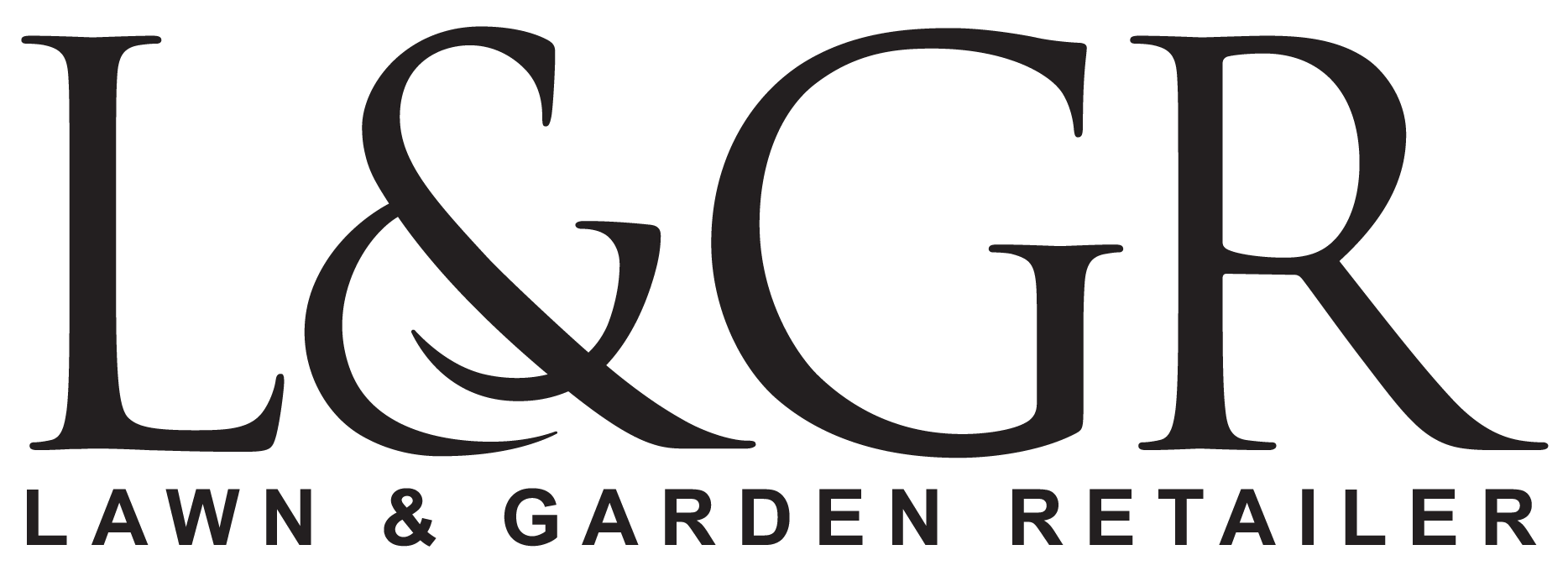Culture Report: Grama grass
All too often, the mainstream grasses get the attention. Bouteloua gracilis, commonly known as grama grass, is a little gem that doubles as a workhorse in the garden and should not be overlooked.
Emerald Coast Growers of Pensacola, Florida, recognized the benefits of grama grass and carries a few varieties in its assortment — the most noteworthy being ‘Blonde Ambition’, ‘Zig Zag’ and ‘Honeycomb’.
Bouteloua gracilis is a North American native grass, which makes it so tough and suitable for our landscapes. Native grasses continue to be on the rise thanks to increased awareness of the benefits they provide and an appreciation for what they add to gardens and commercial landscapes. The grasses provide a habitat for bird and insect species, food and shelter for pollinators, natural drought tolerance, erosion control and more.
In addition, native grasses provide natural beauty, and grama grass is no exception. With its overall short stature, Bouteloua gracilis is suitable for a wide range of landscape uses and tolerates tough conditions once established, including heat and drought.
‘ZIG ZAG’
Discovered by High Country Gardens’ chief horticulturist, David Salman, ‘Zig Zag’ has compact foliage in the early season. Its profusion of brown, eyebrow-like flowers that ripen to off-white seed heads, curl up vertically and hold on the plant through winter. ‘Zig Zag’ has at least three times more flowers and seed heads than regular grama grass and is a tight, tidy grower that needs very little extra irrigation once established. It loves the sun and poor soils of all types. Compact at 15-18 inches tall and hardy to USDA Zones 3-10.

‘BLONDE AMBITION’
Another discovery by David Salman, ‘Blonde Ambition’ stands out with its chartreuse flowers that mature to blonde, and “eyebrowshaped” seed heads that rise above attractive blue-green foliage. ‘Blonde Ambition’ has won numerous awards, including Best new perennial/grass at the Farwest Show and the Plant Select distinction. It grows up to 30 inches in mature height, prefers full sun and is hardy to USDA Zones 3-10. 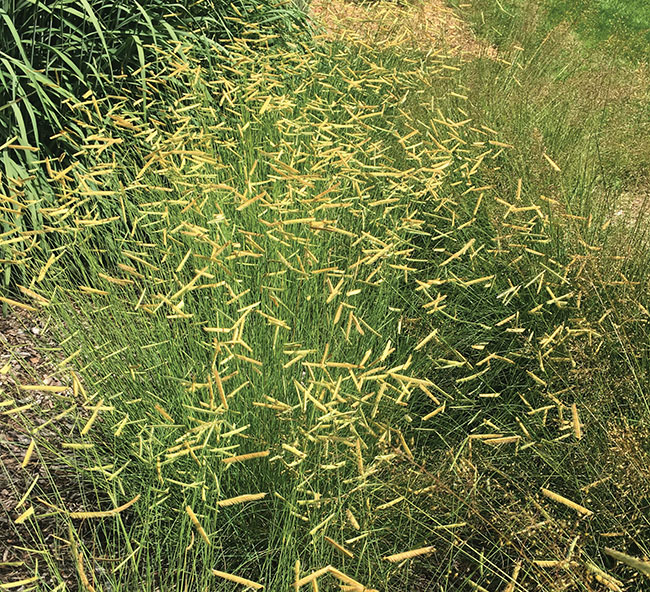
‘HONEYCOMB’
Completing the trio, ‘Honeycomb’ is aptly named for its honeyblonde “eyelash” seedheads, which are held high on upright stems. The blooms appear in summer and hold into winter. Discovered by Brent Horvath with Intrinsic Perennial Gardens, ‘Honeycomb’ has a fuller habit and is denser, with less blade dieback than some other varieties. It stands at 30 inches mature height and is hardy to USDA Zones 3-10. 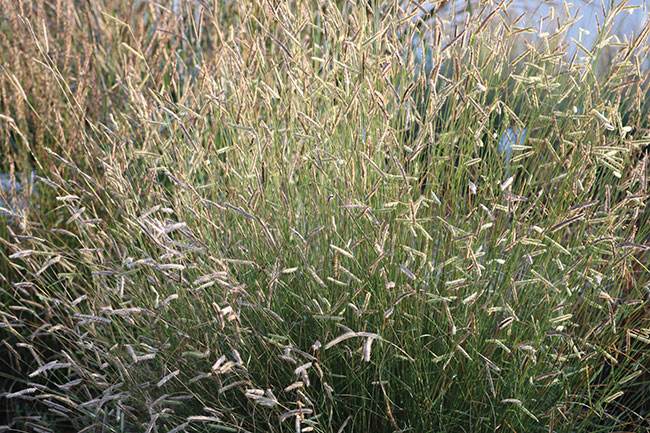
CULTURAL INFORMATION
Potting
If you are starting from 50-cell liner trays, transplant one liner per pot. The recommended finish size for grama grass is 1-gallon pots.
Growing media
Bouteloua gracilis does best in well-draining commercial potting mix with a soil pH of 5.8-6.2 and a soil EC of 1.8-2.2. In the garden and landscape, it should be planted in well-draining soil.
Growing temperature
Maintain even temperatures during the day of 65° F to 75° F and 55° F to 65° F at night.
Finish time
If you’re planting from January thru mid-March, finish time will be 8-10 weeks. If grama grass is planted in the spring, growers can expect a finished product in 6-8 weeks.
Growing tips
For best results in the garden and landscape, remove spent foliage and flowers in fall or late winter before new growth emerges in the spring.
Fertilizing
Apply constant liquid feed at low levels of 100-150 ppm nitrogen. When Bouteloua gracilis is planted in the garden and landscape, little to no fertilizer is required.
Moisture level
It’s important to allow plants to dry between ample waterings. Grama grass is drought tolerant once established in the garden and landscape.
Pests and disease
Always watch out for leaf spots and rusts. In the spring, increase scouting efforts for aphids. Vernalization, supplemental lighting and plant growth regulators are not required to produce Bouteloua gracilis.








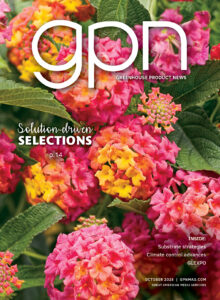
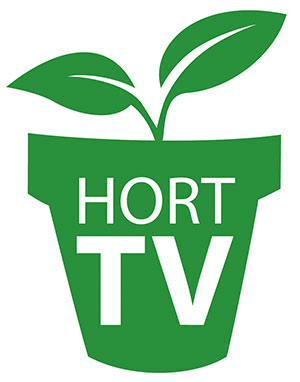 Video Library
Video Library 
